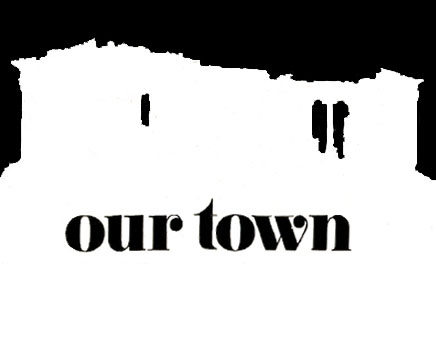
For decades the very familiar tan 1,000 drachma note has been the highest denomination in circulation. Alas, as everyone knows, today it is worth less than a ten US-dollar bill and not very much more than a five pound note.
It’s probably just as well that the painful realities of the past are so soon forgotten. There have been at least five notes of 5,000 drachmas printed in the past. There have even been 50,000 drachma notes. This should be no cause for surprise when at one time during the occupation years a kilo of aubergines cost over a million drachmas and one needed a wheelbarrowful of money to go to the greengrocers in order to return with enough food to feed, skimpily, a family for a day. That awkward logistic problem was finally solved by economist Spyros ‘Mr. Scissors’ Markezinis, who one day lopped a whole series of redundant zeros off the ends of every bank note.
And one should look on the sunny side of things. In a country where the majority of financial transactions are still carried out in cash – a fact.that is particularly apparant when queueing up at banks on Fridays or on the last days of the month when salaries are paid – it stands to reason that from now on these transactions will take one fifth of the time to complete, thus giving people a lot of extra hours which can be used in earning more money. Wallets, pocketbooks and even pockets will have much longer lives, accountants will be able to stash their cash into briefcases instead of steamer trunks and bank tellers will have fewer problems in treating the callouses on their thumbs.
Yet money is a very personal part of one’s life as well as of one’s pocket, and with every new banknote issued, like every one that is taken out of circulation, an era seems to have passed. The old orange 10-drachma note, which was a masterpiece of the engraver’s art, may not have been worth much, and the five and ten, feather-light ‘doughnut’ lepta coins, nothing at all, yet they still evoke recollections of nostalgia.
By the same token, although the 1,000 drachma note will, of course, remain in circulation and be most useful, it will by its demotion no longer be the symbol of our aspirations to receive and our regrets when it is paid out. Nor can one but deplore the ‘devalution’ of Mrs. Paouri, the grande chatelaine of Hydra, whose lovely face has graced the reverse of the 1,000 drachma note for more years than it would be discreet to say (28, in fact) – and if, in fact, it is Mrs. Paouri as there is a revisionist theory of history that it is the daughter of the engraver himself. It was, in any case, a bone of social contention which once could fill pages in a newspaper during a more innocent and, perhaps, more civilized age.
The new 5,000-drachma note will depict that crafty old patriot, Theodore Kolokotronis, the old man of the Morea, and the castle at Karytaina which was his stronghold during the War of Independence, and on the reverse there is the Church of the Apostles in Kalamata where one of the flags of liberty was raised. Thus history, love of freedom and artfulness will all be fittingly comblined.
Pundits have long been saying that the issuing of a higher denomination banknote is psychologically demoralizing and a political anathema, and, in fact, there have been some amusing cartoons of the new banknote in the opposition press implying that the matter is due to Mr, Papandreou’s fiscal policies. In fact, this is poppycock. The inflationary situation was already well in progress before PASOK came to power; it has been caused for the greater part by a global situation over which Greece has no control; and its issuance is the result of ordinary common sense. One might even hope when Nea Dimokratia comes back into power around the turn of the century, that, if necessary, it will have the bright idea of printing a 10,000-drachma note, if it is thought useful to do so.








